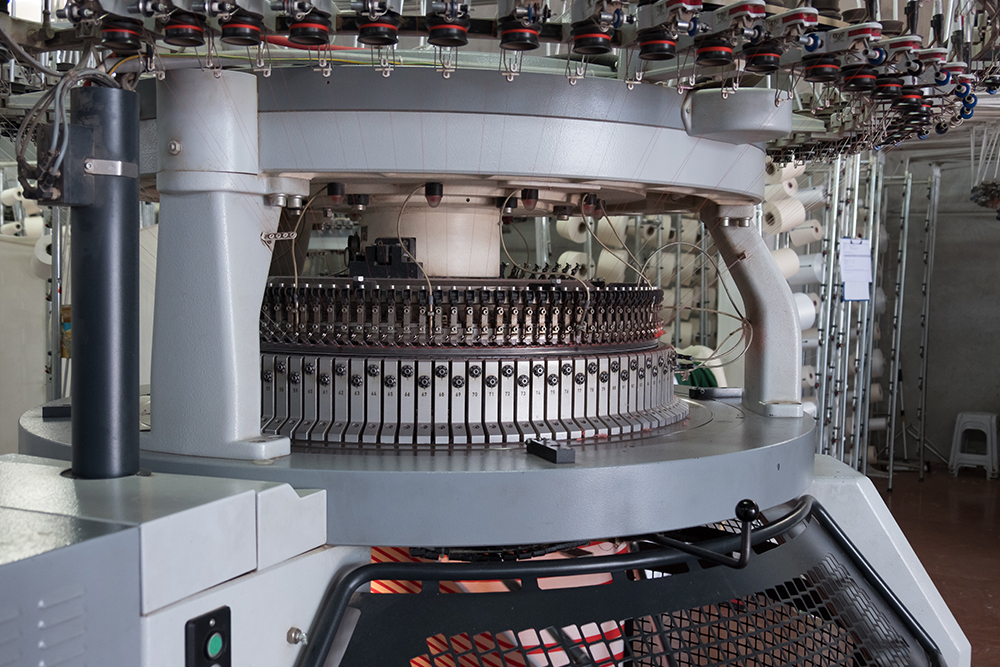The textile industry is undergoing a revolution, driven by technological advancements and a growing demand for sustainability. From smart fabrics to bio-based dyes, innovative solutions are shaping the future of textiles. Here are some of the most exciting developments that are redefining the industry.
1. Sustainable & Bio-Based Dyes
Traditional textile dyeing is one of the most polluting processes in the industry. However, companies are now embracing bio-based dyes derived from plants, bacteria, and even food waste. These dyes offer vibrant colors without the environmental footprint of synthetic alternatives. Some startups are even using DNA-modified bacteria to create colors that were previously impossible to achieve with natural sources.
2. Smart Textiles with Wearable Technology
Smart textiles are fabrics integrated with advanced technology to enhance functionality. This includes temperature-regulating fabrics, self-cleaning textiles, and even garments embedded with sensors to monitor health conditions. Imagine a T-shirt that can track heart rate and hydration levels or a jacket that adapts to external temperatures!
3. 3D Knitting & Seamless Garments
3D knitting technology is making it possible to produce seamless garments with minimal waste. Unlike traditional methods, which require cutting and sewing, 3D knitting allows for fully-formed garments to be made in a single step. This innovation reduces material waste, speeds up production, and enables greater customization.
4. Recycled and Regenerative Fibers
The push for circular fashion has led to the rise of recycled and regenerative fibers. Companies are developing high-quality textiles from post-consumer waste, including recycled polyester from plastic bottles and regenerated cotton from discarded clothing. Additionally, some brands are experimenting with biodegradable fibers that decompose naturally, reducing landfill waste.
5. AI-Driven Textile Manufacturing
Artificial intelligence is transforming textile production by optimizing design, reducing waste, and improving efficiency. AI-driven software can predict fabric behavior, automate quality control, and even assist in designing textiles with enhanced durability and performance. The integration of AI is helping manufacturers reduce costs and minimize their environmental impact.
Final Thoughts
The future of textiles is undoubtedly exciting, with innovations that blend technology, sustainability, and efficiency. As consumers become more conscious of their choices, the industry must continue to embrace these advancements. Companies investing in sustainable and smart textiles are not just shaping the industry—they are setting new standards for a better and more responsible future.
Stay tuned for more updates on groundbreaking developments in textiles!
